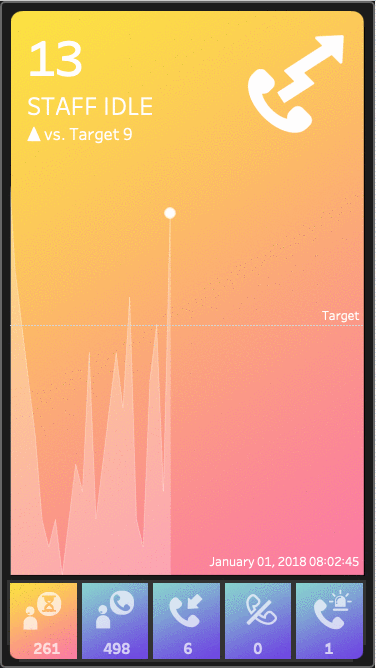A Tableau Accessibility Journey - Part IV - Keyboard Accessibility
/This post is a continuation of A Tableau Accessibility Journey - Part III - Color Contrast, earlier posts in the series outline the scope of the work we are covering as part of this effort. Part I of this series also includes a number of accessibility issues that were identified in our case study visualization, one of which was the inability to navigate and interact with our case study visualization without a mouse.
Read More


















